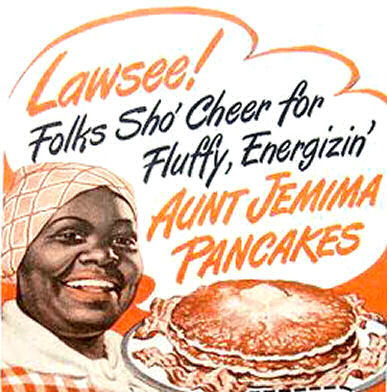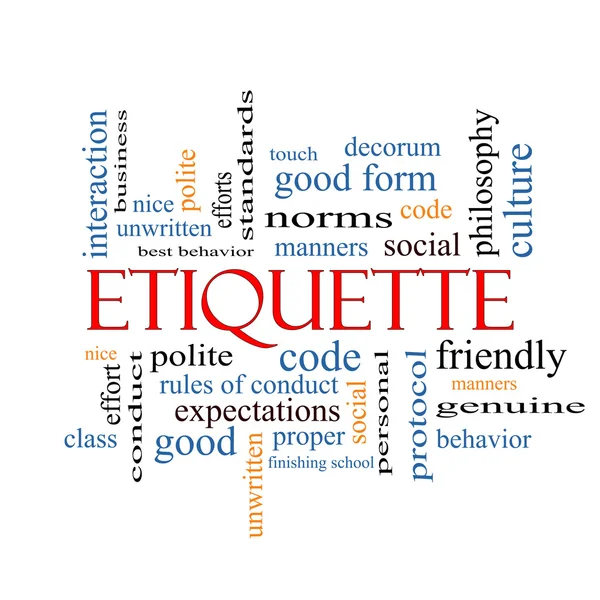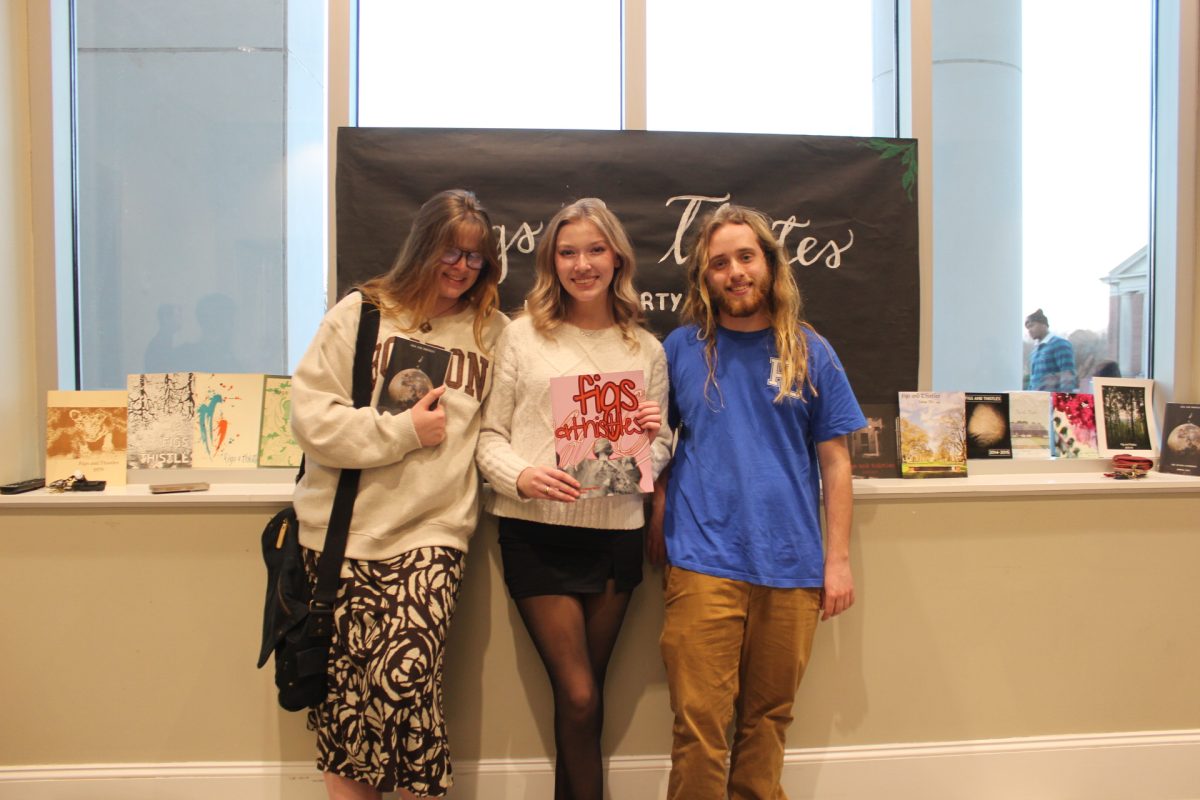In a recent lecture given by a history professor at University of North Carolina, Charlotte, Karen Cox presented on the earliest stereotype of the Old South that stood in the minds of many for a long time and how that stereotype perpetuated and changed in mass media over time.
The Old South was once the romanticized dream of many non-Southerners, and the stereotype of the South—full of southern belles and mammies, white plantation homes and southern charm—became popularized in various forms of mass media. By showing advertisements for pancake mix, audio clips of “Ethiopian songs,” and examples of television shows like Amos and Andy and The Andy Griffith Show, Cox argued that “the identity of the South in a national context was produced, marketed, and sold by non-Southern companies.”
Cox then went on to discuss the specific icons that characterized the non-southerner’s identity of the South. Aunt Jemima especially served as the iconic portrayal of the “mammy.” Yet what was most interesting was that an African American woman could not play Aunt Jemima on the radio or on television. Indeed, most of the audio or visual representations of African Americans were played by white people who either spoke in what they considered to be African American dialect or wore blackface.
While the lecture was interesting and offered some insight into the development and continuation of the stereotype of the South, Cox only briefly mentioned that a shift occurred from the romanticized image of the South to its current “other”-ness. This shift occurred during the Civil Rights Movement, likely due to the racist and segregationist attitudes of the time that brought these stereotypes under question. Personally, I would have liked a more in-depth discussion about the shift from the Old South as an ideal to the South’s current less-than-idealized stereotype as a backwards place. Cox’s lecture presented the idea that non-southerners have usually looked back at the South as a place of the past and as a place to get away from the hustle and bustle of the big city. Yet looking at today’s media, the focus seems more on the future and on progression than on a romanticized nostalgia for the past. Not that this romantic idea doesn’t continue on today in mass media, but just as an overarching trend, the way media and popular culture seem to be moving is toward a larger, more global and more interconnected “now” rather than an escape to the past. And Cox’s last minute mention of the South’s “other”-ness seemed to hint toward this new development of mass media.
While Cox’s lecture did not talk much on the subject of today’s mass media culture and development, her presentation did well to “take you on tour” of the pop culture history of the South as represented in mass media. From the earliest advertisements to today’s reality television shows, Cox’s lecture offered interesting tidbits about the effect of popular culture on regional and racial stereotypes to consider.








